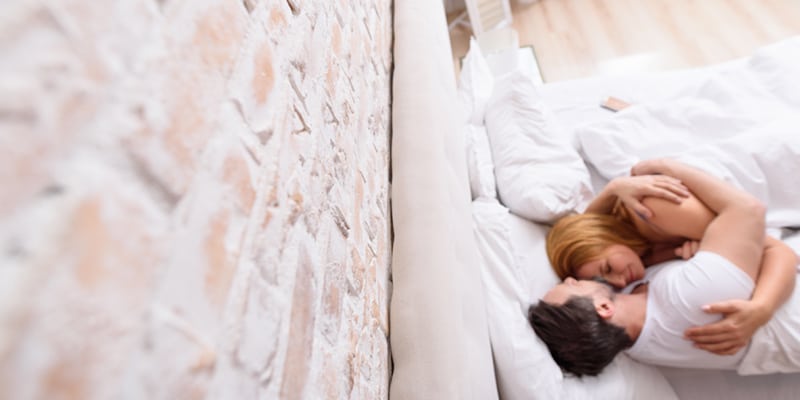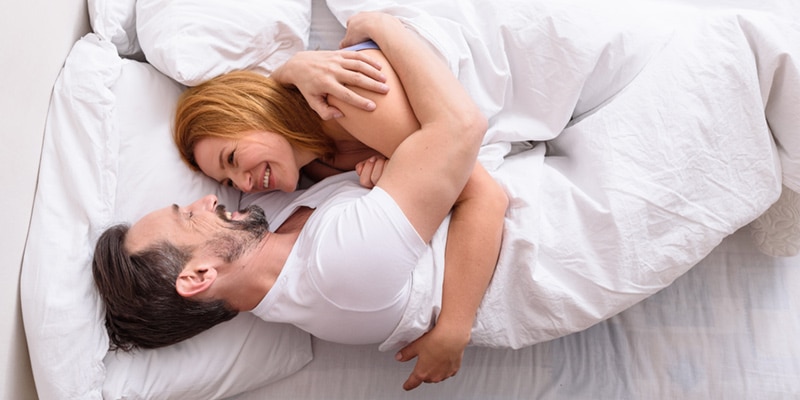Sleep—we all need it.
We spend about a third of our lives in between the sheets, dreaming heavily until the sunshine wakes us up and we’re out of bed and onto our next adventure. Getting the proper amount of zzz’s gives us the motivation to take on the day and to be our best selves.
Sleep is vital—it’s rejuvenating, energizing and yes, sexy.
There’s something incredibly intimate and vulnerable about sleep and even the process of getting ready for bed. Maybe you have a particular nightgown that you can’t wait to slip on because of its smooth and silky feel (or perhaps you prefer sleeping naked). Our sleep routine can bring us joy, and this joy can positively affect so many aspects of our lives.
Let’s look at three major ways sleep is sexy.
1. A Healthy Glow
I love waking up in the morning, looking in the mirror, and actually feeling good about what I see. When I’m well-rested, I’m less likely to wake up with dark circles and bags under my eyes.
Your complexion can absolutely be affected by how much sleep you’re getting. A lack of sleep can inhibit you from showing off your natural glow because it increases your cortisol levels (AKA the stress hormone). If you already have a skin condition, it’s even more imperative that you’re getting enough sleep. An inadequate amount of sleep can lead to inflammation, decreased collagen levels, and an overall decrease in hydration.
It’s important to feel comfortable, confident, and sexy in your own skin. This isn’t always easy, but don’t underestimate the power of a healthy sleep routine. Your skin will thank you for the TLC.
Learn more about our natural and organic products
2. Energy Leads to Confidence & Creativity
I never feel motivated when I’ve only had a few hours of sleep. A lack of sleep can make it difficult to concentrate on specific tasks, or even to remember what tasks you have that day! I feel the most confident when I’m alert and energized. I need that energy to feel inspired and creative.
A good night’s sleep helps me do what I love. Intelligence, creativity and the drive to accomplish our goals—what’s sexier than that? Sleep helps us get to that level of fabulous.

3. More Intimacy
No one is “in the mood” when they’re mentally and physically exhausted. Sex requires energy, so if you’re running on five hours of sleep, your performance is going to suffer (sorry–I just speak the truth).
A lack of sleep can affect your libido which can negatively impact your sex life. Here are my recommendations for dealing with stress so you can get the sleep (and sex) you deserve.
However, it’s also worth noting that the issue can actually be the solution since sex can help improve your quality of sleep over time. When you have sex, your body naturally releases endorphins that help combat stress.
In a New York Times article titled “Better Sleep for a Better Sex Life,” the author references a study published in the Journal of Sexual Medicine. In this study, the following was discovered: “In women who were in romantic relationships, each extra hour of sleep corresponded to higher levels of sexual desire, and a 14 percent increase in the likelihood of sexual activity the next day.”
The relationship between sex and sleep is a powerful one—sex can help improve your sleep, and sleep can help you have better sex. The big question is: which one will you focus on first? That’s up to you.



